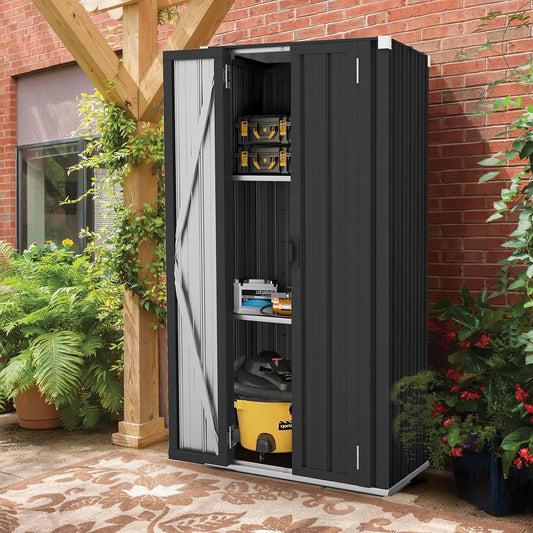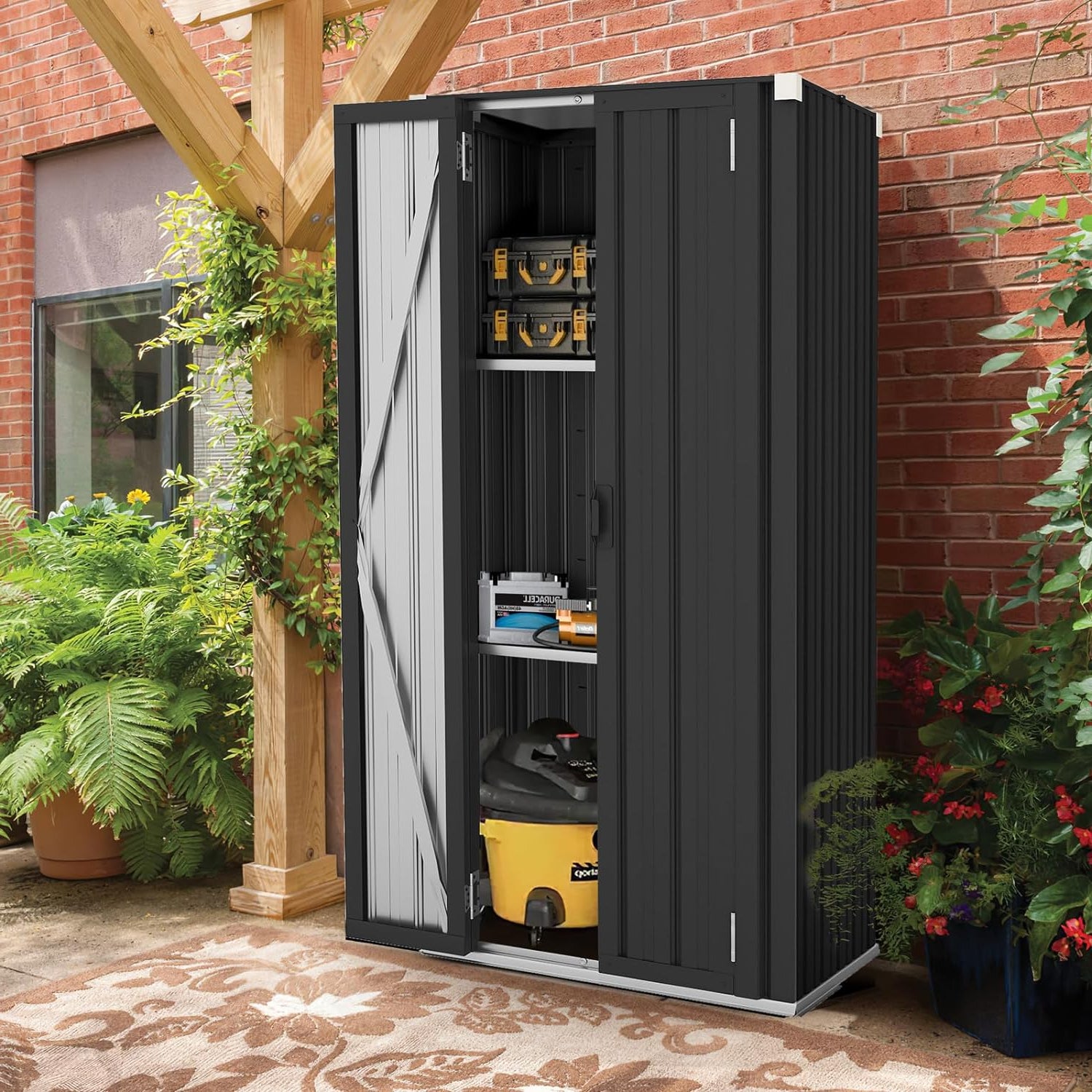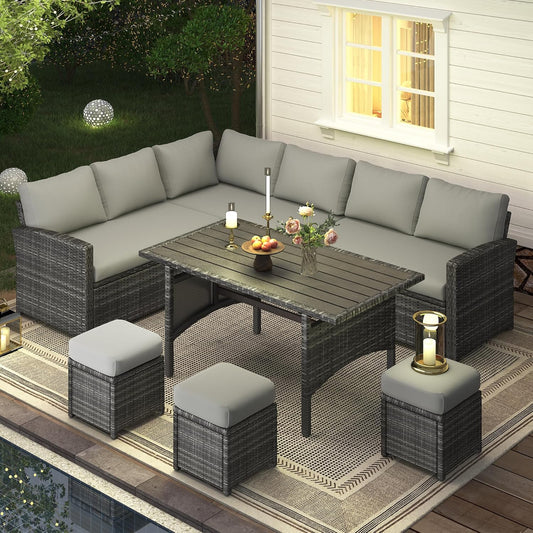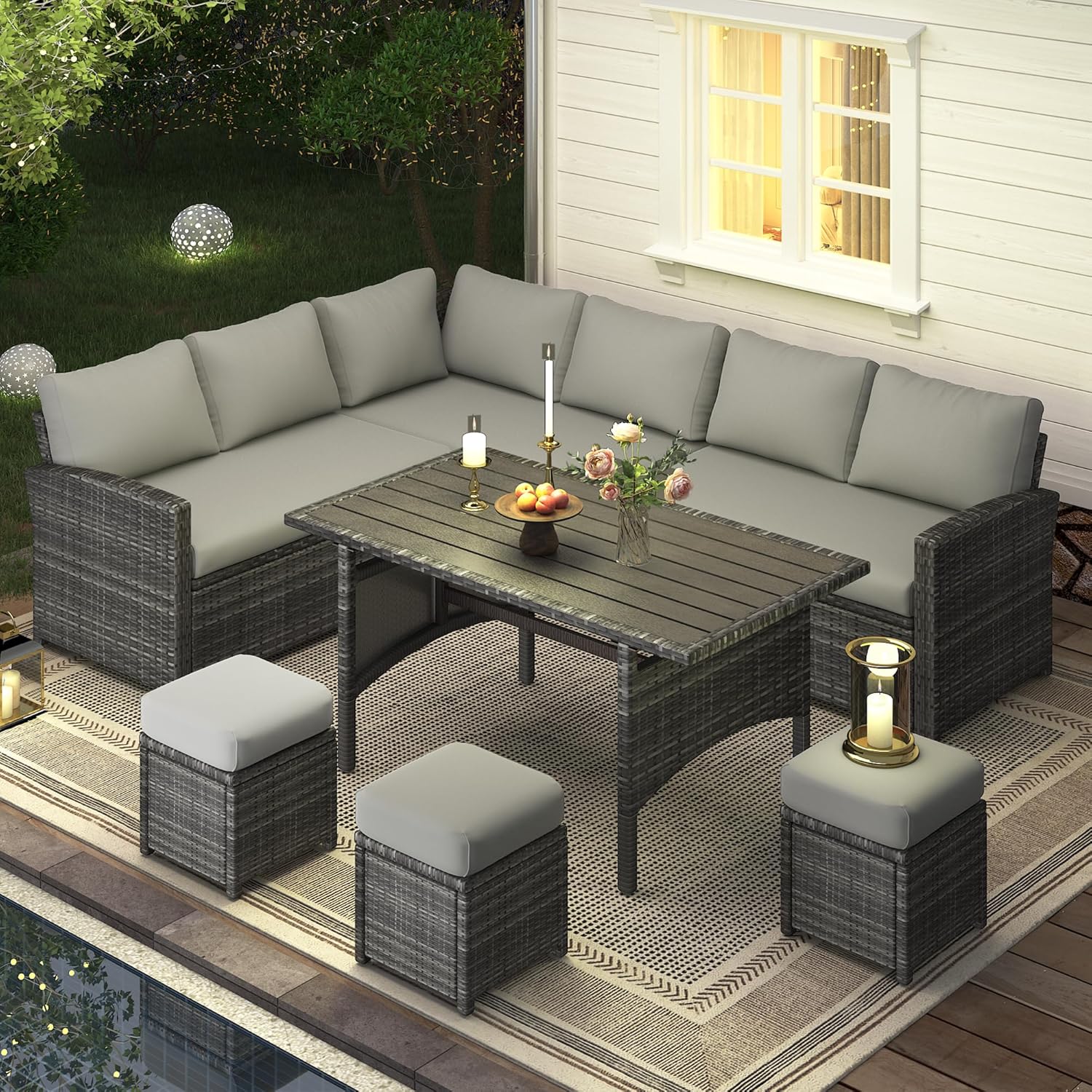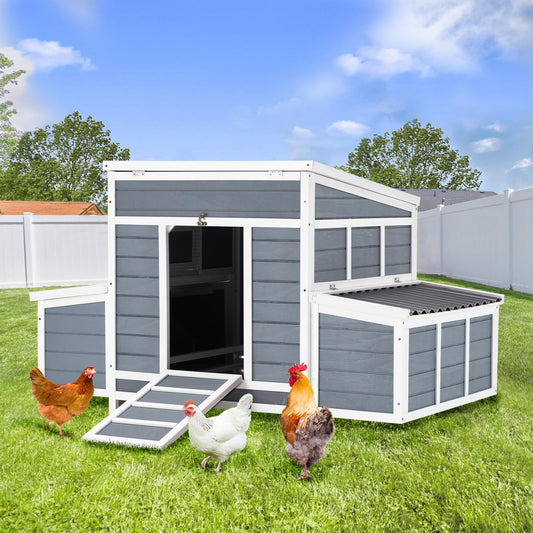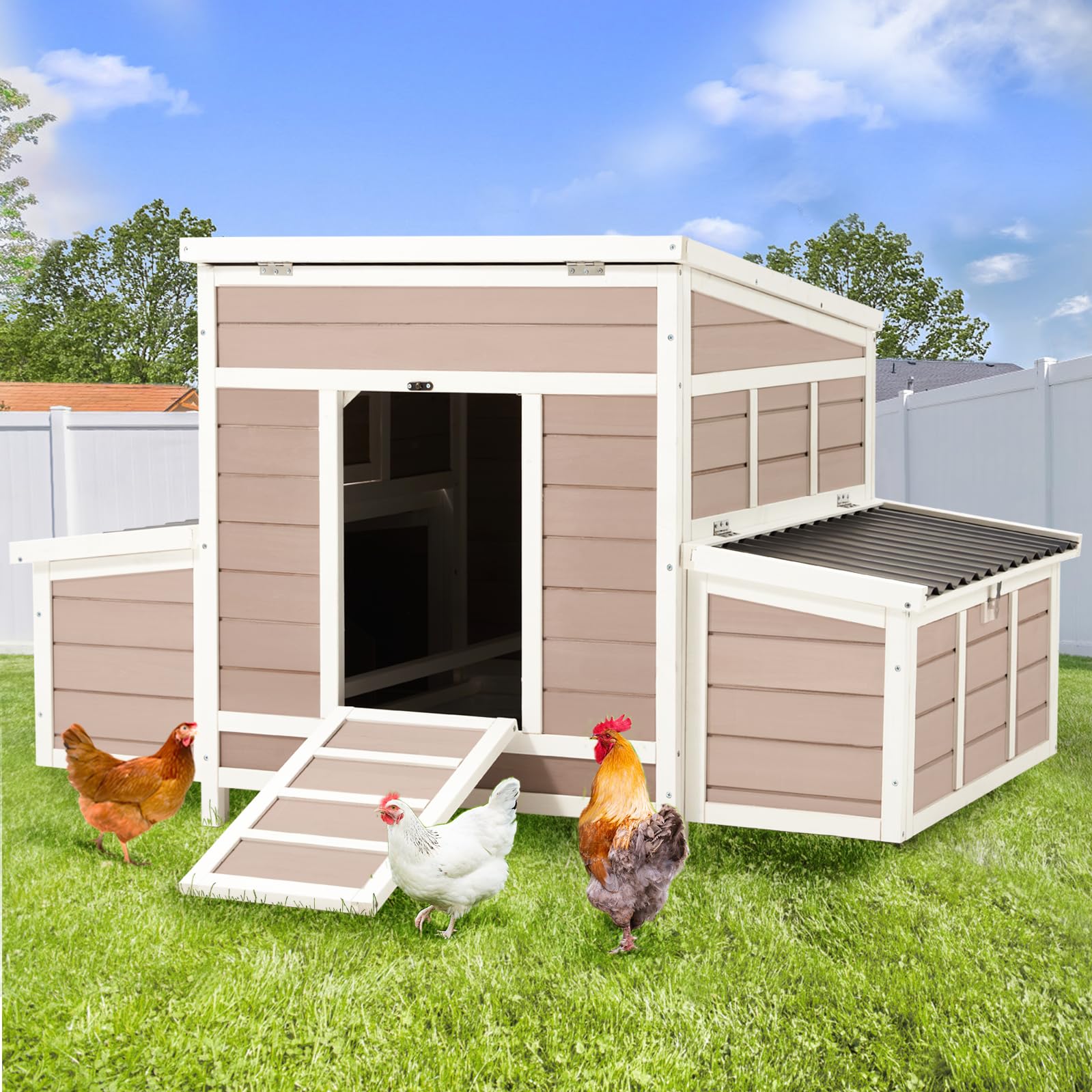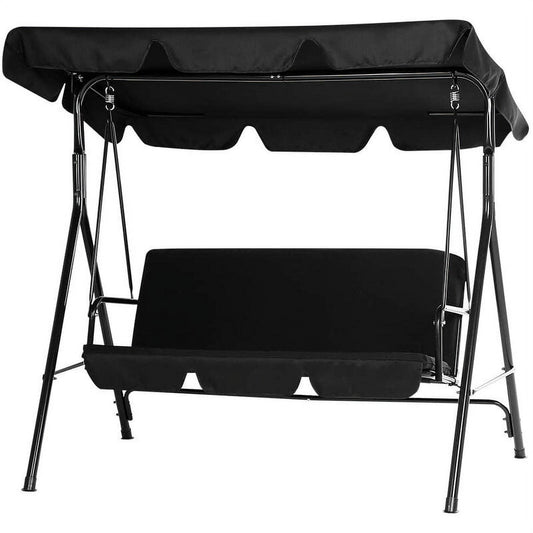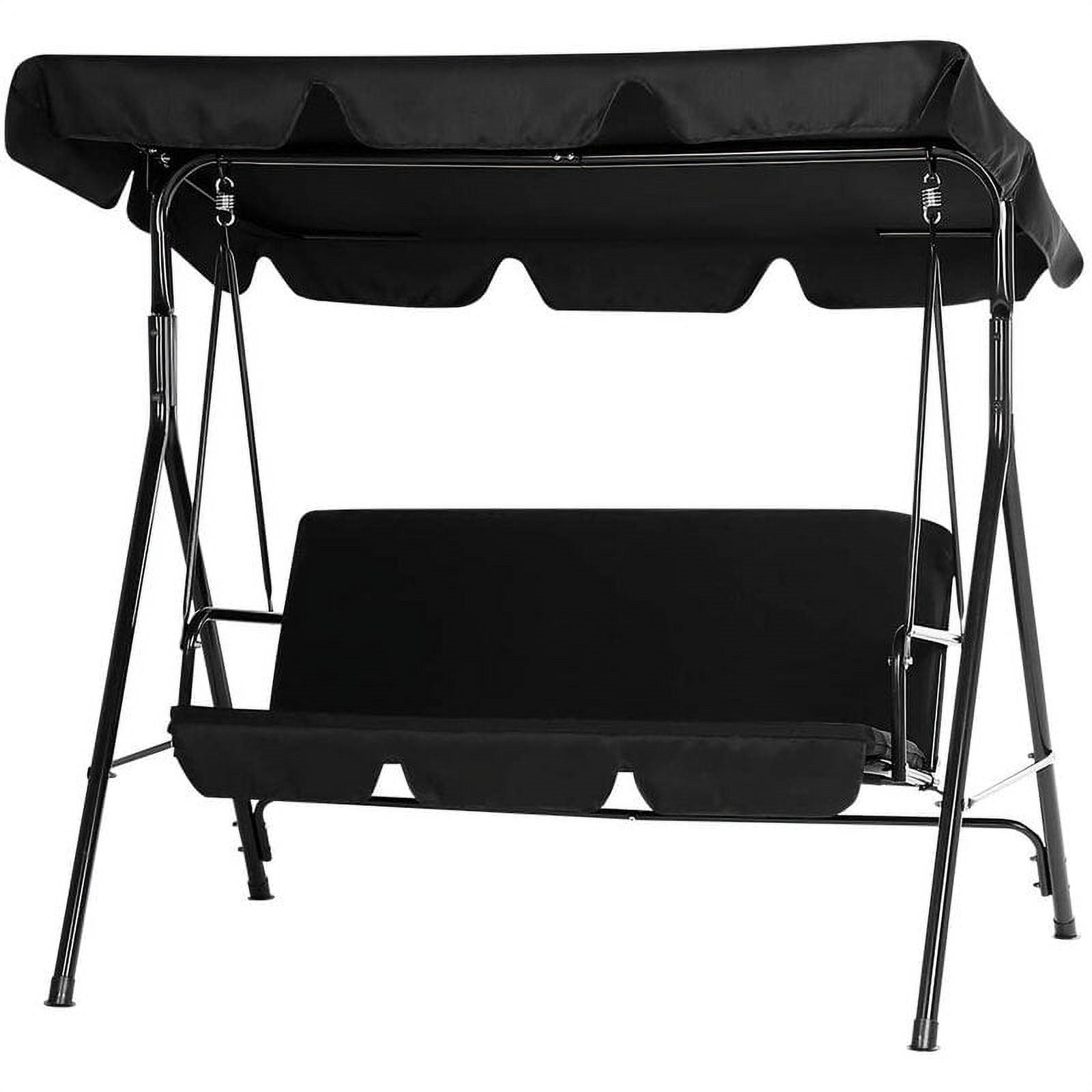A shed ramp is not just an add-on—it’s a must-have for anyone using their shed for storage or work. Imagine struggling to lift a heavy lawn mower over the shed threshold, or spilling supplies from a wheelbarrow while trying to get it inside. A good shed ramp eliminates these hassles, making it easy to move ATVs, gardening tools, and even heavy equipment in and out effortlessly .
This is especially true for a garden shed ramp, where you’ll likely haul soil bags, plant pots, and lawn care gear regularly. But not all shed ramps are the same, and the material you pick makes a big difference. It affects how long the ramp lasts, how safe it is in rain or snow, and even how much work you’ll put into it later.
Choose the wrong material, and you might end up with a ramp that rots, slips, or can’t hold heavy items. To help you avoid that, we’re breaking down the three main options: wood, aluminum, and composite. Whether you’re a DIY fan or prefer ready-to-use solutions like a shed ramp kit, this guide will help you find the perfect fit for your shed.
Wooden Shed Ramps: Affordable and Easy to DIY
Wooden shed ramps are a classic choice for good reason—they’re familiar, easy to work with, and fit right in with most outdoor spaces. If you’ve ever picked up a saw or drill, building a wood ramp for shed use is a project you can tackle in a weekend .
Pros
- DIY-friendly: You don’t need special skills or tools. A basic shed ramp kit with wooden parts, or just some pressure-treated lumber, is all you need to get started . Many home improvement stores even cut the wood to size for you.
- Natural look: Wood blends seamlessly with garden sheds and backyard landscapes. It’s easy to stain or paint to match your shed’s color.
- Good weight support: When made with quality lumber like pressure-treated wood, a wooden shed ramp can hold heavy items like lawn mowers and ATVs without issue .
Cons
- High maintenance: Wood hates moisture. You’ll need to seal or stain it every year to prevent rotting and warping . If you skip this, the wood can splinter, making the ramp unsafe.
- Needs slip fixes: Bare wood gets slippery when wet. You’ll have to add grip tape or use grit paint to keep it safe—something that wears out and needs replacing over time .
- Permanent setup: Once you build a wood ramp for shed access, it’s hard to move or reconfigure. If you ever relocate your shed, you’ll probably need to build a new ramp .
Best for
Wooden shed ramps work best for people who love DIY projects and don’t mind regular upkeep. They’re ideal for a garden shed ramp where you move medium-weight items like wheelbarrows and small lawn tools. If you want a ramp that matches your backyard’s natural style and plan to keep your shed in the same spot long-term, wood is a great pick.
If you’re pairing this ramp with a shed that prioritizes low-maintenance storage, you might want to look at options like the 5'x3' outdoor storage shed from Yodolla. Its waterproof floor and sturdy build complement the functionality of a wooden ramp—making it easier to move items like lawn mowers (which the shed can easily hold) in and out without worrying about moisture damage.

Aluminum Shed Ramps: Lightweight but Strong
If maintenance sounds like a hassle, an aluminum shed ramp might be your answer. These ramps are built for durability and convenience, making them a popular choice for busy users .
Pros
- Almost no maintenance: Aluminum doesn’t rust or rot, even in rain, snow, or humidity . A quick spray with soapy water now and then is all it takes to keep it clean.
- Lightweight yet tough: Most aluminum shed ramps weigh less than 20 pounds but can hold over 800 lbs—some even up to 1,100 lbs . This means you can move it easily but still use it for ATVs and heavy mowers.
- Built-in safety: Most aluminum ramps have non-slip surfaces with grooves or frosted strips, so you don’t need to add grip tape . They stay safe even when wet.
- Easy setup: Many aluminum shed ramps come as a shed ramp kit that you can install in minutes with just a drill . No permits or contractors needed .
Cons
- Less flexible for customization: Aluminum is hard to paint or stain, so it might not match your shed’s look as well as wood . It has a modern, industrial vibe that doesn’t fit every backyard.
- Can dent: While strong, aluminum can get dented if you drop heavy tools on it or hit it with equipment .
- Might need adjustments: For uneven ground, you’ll need an aluminum shed ramp with adjustable legs—standard models might not sit level .
Best for
Aluminum shed ramps are perfect for people who want a “set it and forget it” solution. They’re great for garden shed ramps where you move heavy gear like ATVs or riding mowers. If you might need to relocate the ramp later (or take it down in winter), the portability of aluminum is a big plus. They’re also ideal if you live in wet climates where wood would rot quickly.
Composite Shed Ramps: Modern and Weather-Resistant
Composite ramps are the middle ground between wood and aluminum—combining the look of wood with the low maintenance of metal. Made from a mix of plastic and wood fibers, they’re built for long-term use .
Pros
- Weather-resistant: Composite doesn’t rot, warp, or splinter. It holds up to rain, sun, and snow without annual sealing .
- Low maintenance: Like aluminum, it only needs occasional cleaning. The surface doesn’t fade much, so it stays looking new for years.
- Natural appearance: It looks just like wood, so it blends with garden sheds and backyard decor better than aluminum . No one will know it’s not real wood at first glance.
- Slip-resistant: Most composite ramps have textured surfaces that stay safe when wet, no extra grip products needed.
Cons
- Heavy: Composite is much heavier than aluminum, so it’s hard to move once installed. You’ll need help setting it up.
- Less DIY-friendly: Unlike wood, you can’t easily cut or modify composite at home. You’ll probably need a pre-made shed ramp kit or professional cuts .
- Can get hot: In direct sunlight, composite surfaces get warmer than wood or aluminum—something to note if you walk on the ramp barefoot.
Best for
Composite ramps are great for anyone who wants the look of a wooden shed ramp without the upkeep. They’re perfect for a garden shed ramp where you want style and durability. If you plan to keep your shed in place permanently and don’t mind a heavier setup, composite is worth considering. It’s also a good choice for families with kids or pets, since it doesn’t splinter.
If you’re looking for a shed that matches the composite ramp’s blend of style and durability, the 12x14 outdoor storage shed from Yodolla is worth a look. Its sliding door design makes moving items in and out easier—pairing nicely with the ramp’s smooth access—while its sturdy build complements the ramp’s long-lasting nature, creating a low-maintenance outdoor storage setup.

Comparison Summary: Which Material Should You Choose?
|
Feature |
Wooden Shed Ramp |
Aluminum Shed Ramp |
Composite Shed Ramp |
|
Maintenance |
High (yearly sealing/staining) |
Very low (occasional cleaning) |
Low (occasional cleaning) |
|
Weight & Portability |
Heavy, permanent |
Lightweight, easy to move |
Heavy, permanent |
|
Safety |
Needs grip tape/grit paint |
Built-in non-slip surface |
Built-in non-slip surface |
|
Style Match |
Blends with natural/wooden sheds |
Industrial look, hard to customize |
Looks like wood, blends with most sheds |
|
DIY Ease |
Easy (cut/assemble at home) |
Easy (shed ramp kit setup) |
Hard (needs pre-made parts) |
|
Best For |
DIY fans, natural landscapes |
Busy users, portability needs |
Style + low maintenance seekers |
Conclusion
Choosing the right material for your shed ramp comes down to your lifestyle and needs. If you love hands-on projects and don’t mind regular upkeep, a wooden shed ramp or wood ramp for shed use fits perfectly—especially for a garden shed ramp with a natural look.
For busy users who want portability and zero maintenance, an aluminum shed ramp is the way to go. It’s strong enough for ATVs and easy to move if your shed location changes. And if you want the best of both worlds—wooden style without the work—a composite ramp delivers.
No matter which option you choose, a quality shed ramp (even a shed ramp kit) will make your shed more functional and save you from backbreaking work. And if you’re ready to take the next step, check out our detailed guide on [How to Build a Shed Ramp]—it walks you through the entire process, from measurements to installation, so you can confidently create a safe and sturdy ramp for years of easy access.















